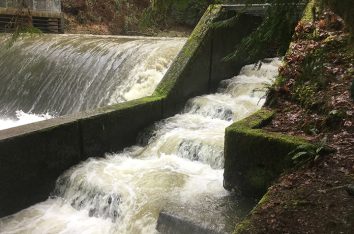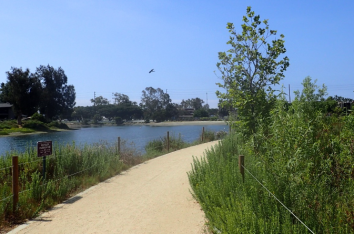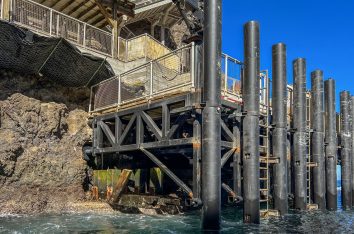Icicle Creek Integrated Water Resources Management Strategy
Icicle Creek Subbasin, Washington
Chelan County Natural Resources Department and the Washington State Department of Ecology’s Office of Columbia River (OCR) convened the Icicle Work Group (IWG) in 2014, which is comprised of stakeholders in the Icicle Creek Subbasin. Members of the IWG are working together to develop an integrated approach to solving water resources challenges in the Icicle Creek subbasin, referred to as the Icicle Strategy. Anchor QEA and Aspect Consulting provide technical support for the IWG and are working on implementing various projects and actions that comprise the Icicle Strategy. Anchor QEA’s work has included the following:
- Evaluation of the optimization, automation, and management of the Alpine Lakes for the U.S. Fish and Wildlife Service and Icicle and Peshastin Irrigation Districts (IPID)
- Assessment of pump exchange projects for IPID that would reduce diversions from Icicle and Peshastin creeks during late summer low-flow periods
- Design of improvements to water storage structures and controls at Eightmile Lake to meet current dam safety requirements and restore the volume of storage available for release during late summer low-flow periods
- Evaluation and design of irrigation efficiency projects for IPID and Cascade Orchards Irrigation Company
- Evaluation of potential water supply projects for Leavenworth National Fish Hatchery, including a pump exchange project that would allow reuse of water that circulates through the hatchery
Anchor QEA and Aspect Consulting also developed a Programmatic State Environmental Policy Act (SEPA) Environmental Impact Strategy (EIS) for the Icicle Strategy, which evaluated action alternatives consisting of various combinations of projects. The IWG has established specific goals for the Icicle Strategy, referred to as guiding principles, that are focused on restoring instream flows, improving water supply for agricultural, municipal, and domestic water uses, preserving tribal and non-tribal fishing rights, and enhancing habitat for fish and wildlife.
Alternatives evaluated by the Programmatic EIS are intended to achieve these guiding principles. While the EIS addressed the alternatives at a programmatic level, certain component projects were analyzed in greater detail to streamline future environmental review and permitting for projects that would move forward first. Anchor QEA and Aspect Consulting provided support through the scoping process, developed a website, defined alternatives based on scoping comments, developed and vetted EIS methodologies, completed technical studies, and helped prepare and publish the Draft and Final Programmatic SEPA EIS. Our team also developed an environmental review framework, in coordination with the U.S. Bureau of Reclamation, to support the National Environmental Policy Act (NEPA) evaluation.
- Market Sector
- Energy
- Location
- Washington
- Services








